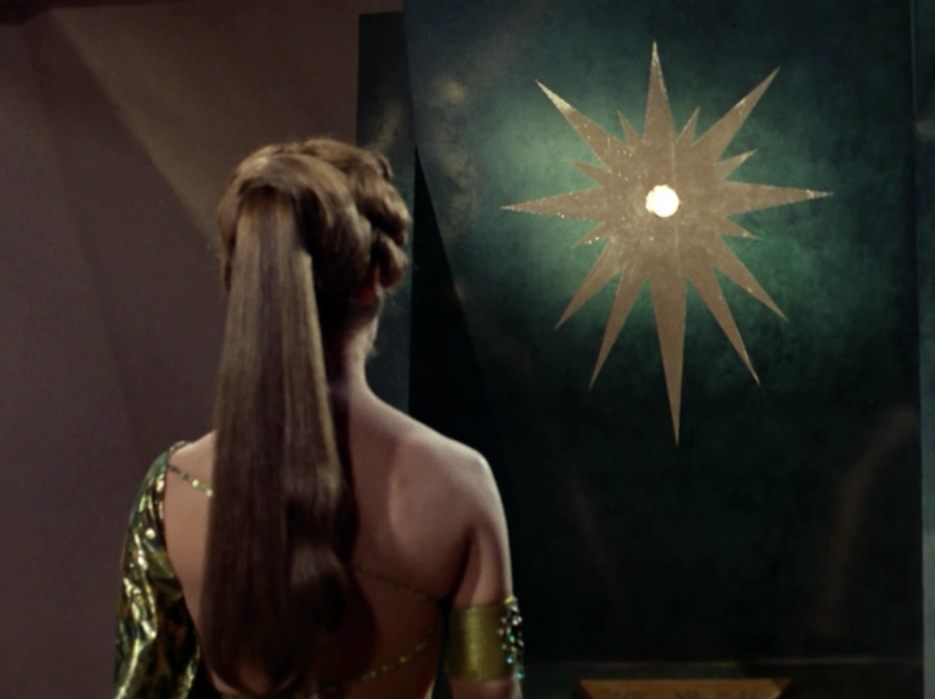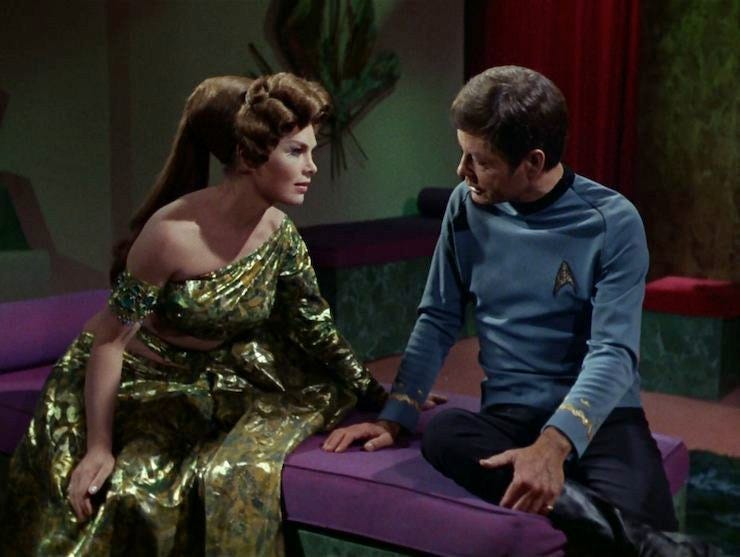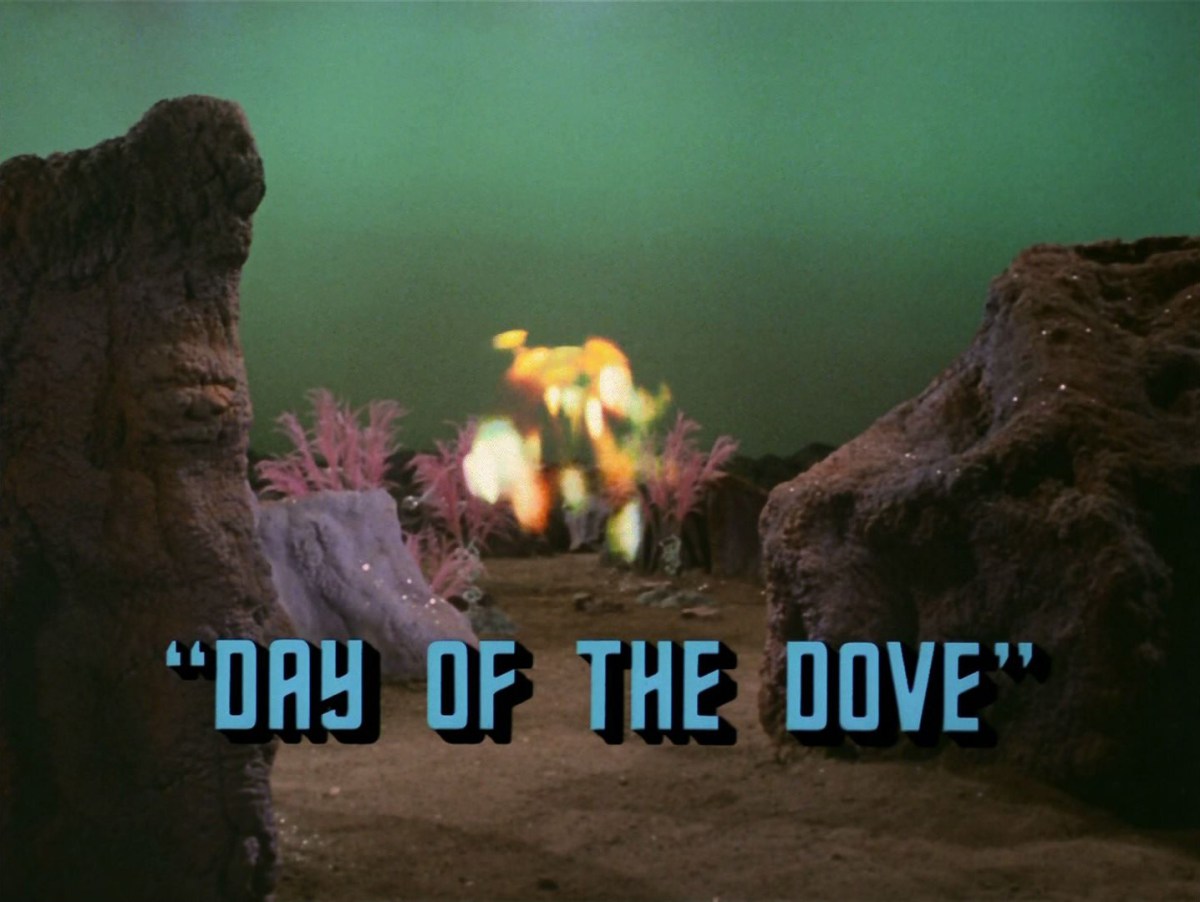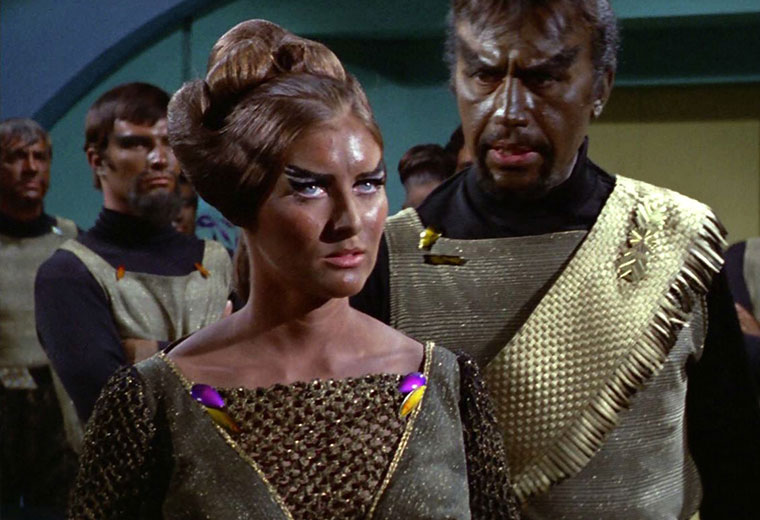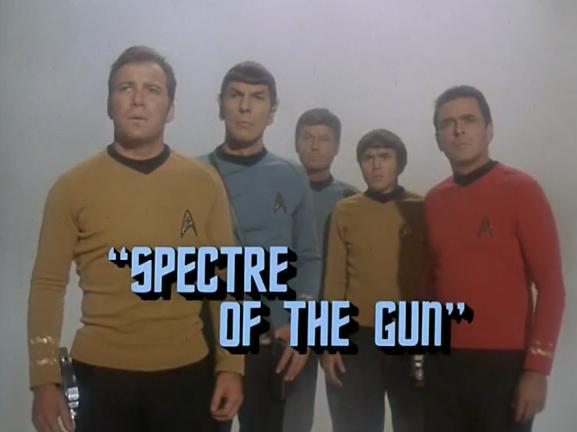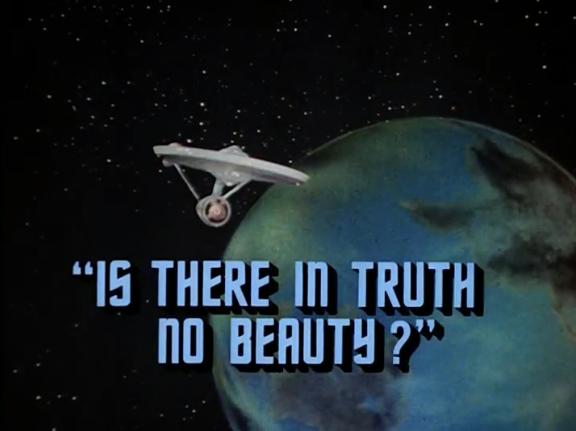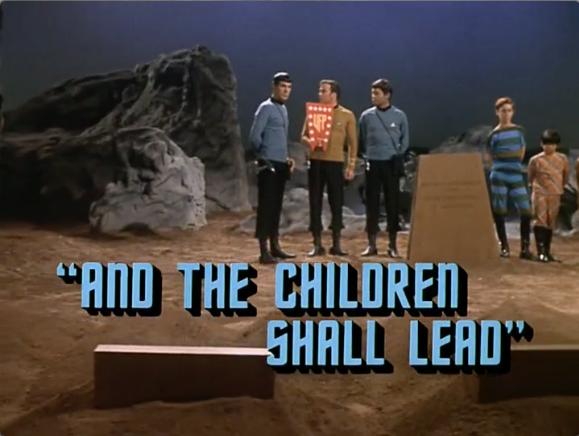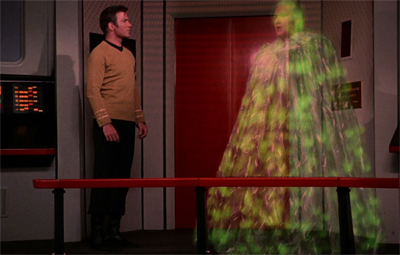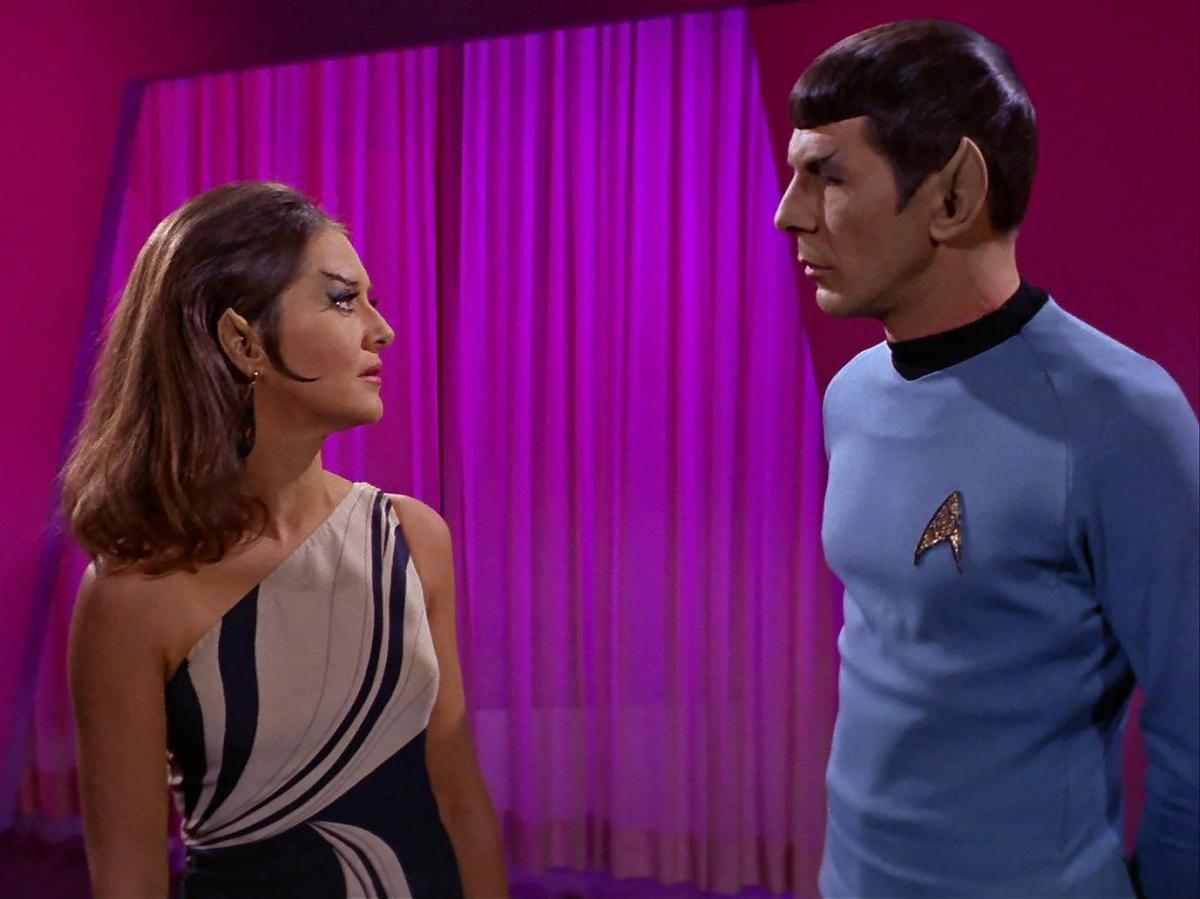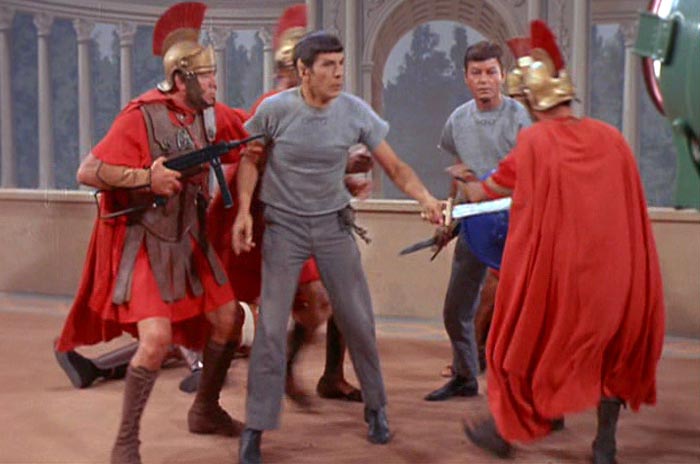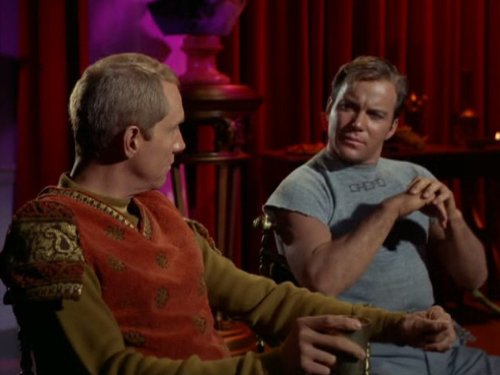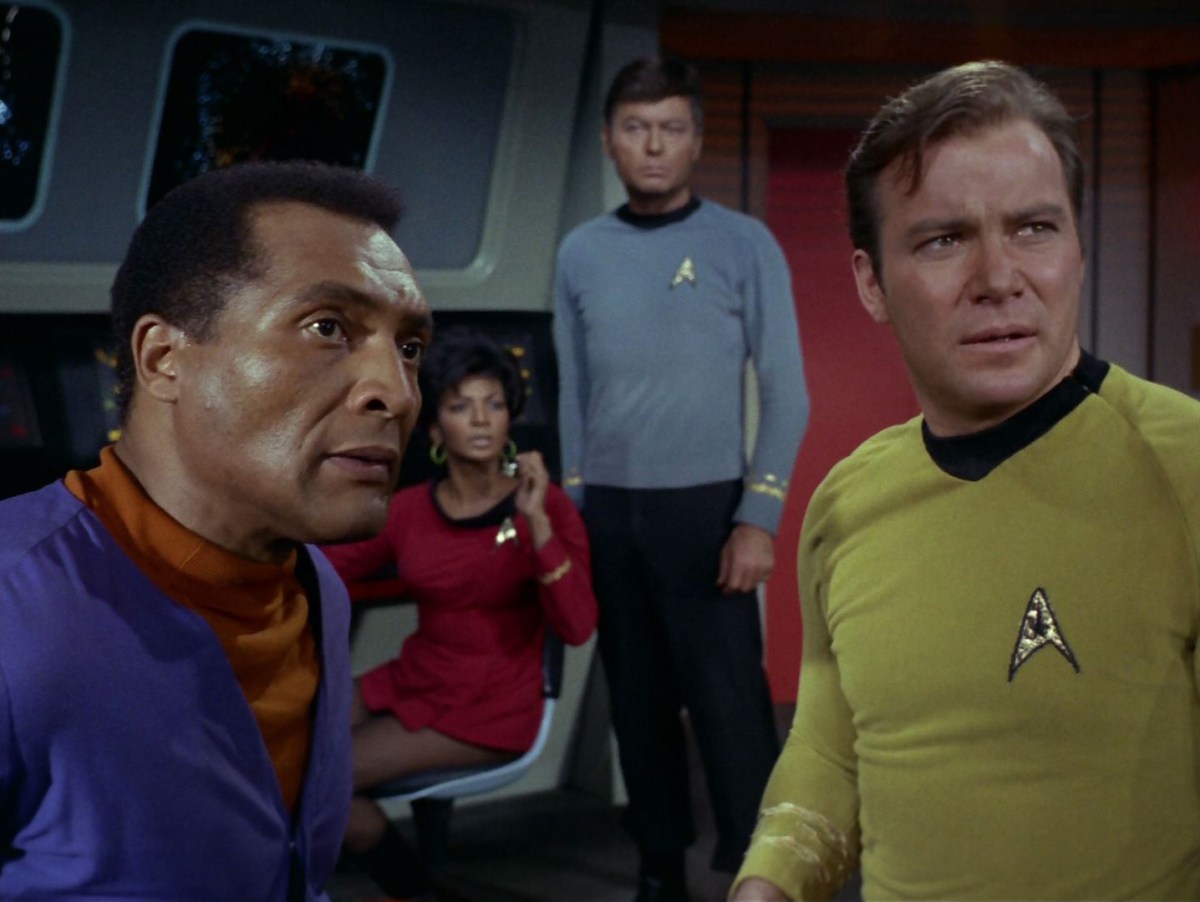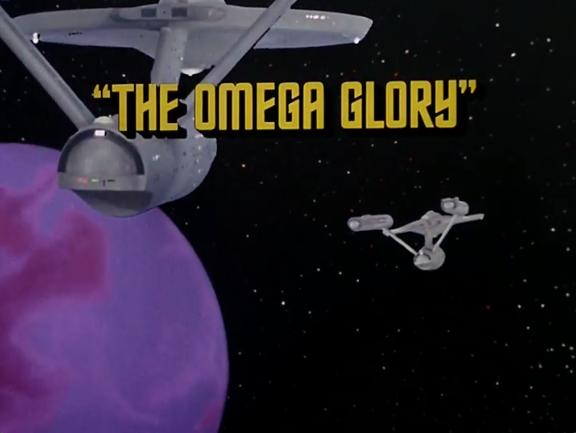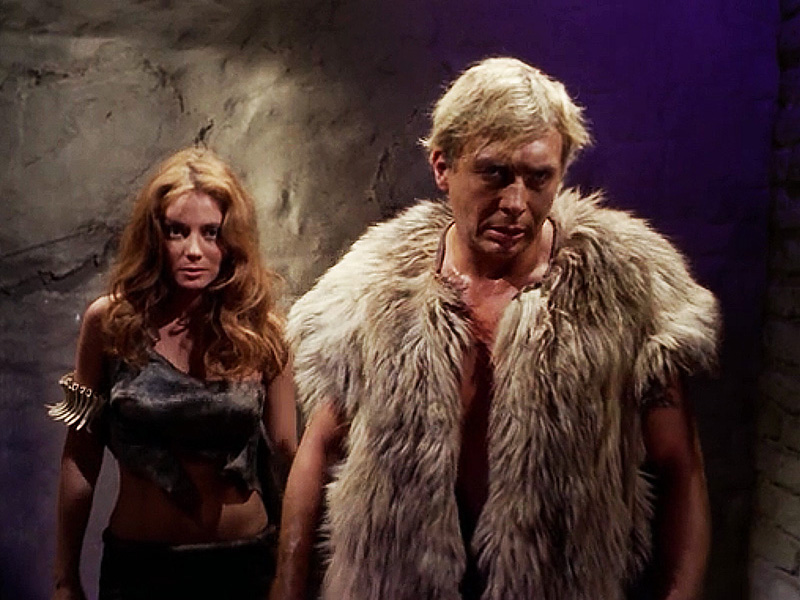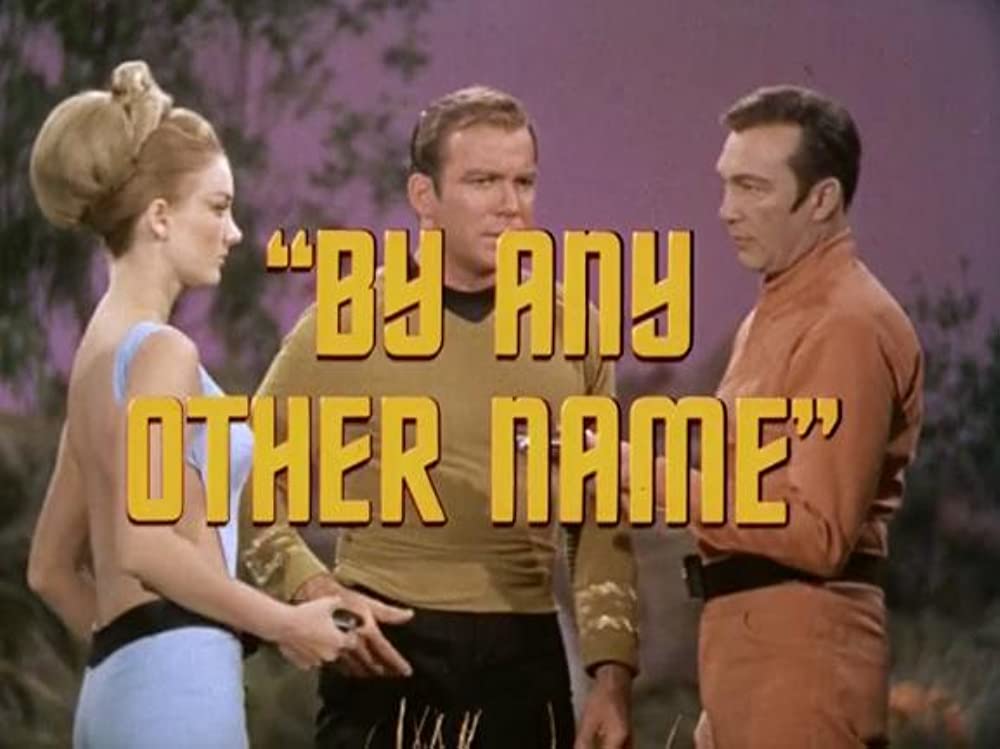★★★★★ November 12, 1968 Season 3 Episode 9
If you want to see where we are…and you missed a few…HERE is a list of the episodes in my index located at the top of my blog.
This show was written by Gene Roddenberry, Judy Burns, and Chet Richards
I’ve said that the third season was much better than I remembered…well this is one of the reasons. A 5-star episode. We get to see the relationship between Spock and Doctor McCoy up close in this one.
An excellent episode that provides all the elements necessary for the feud between Spock and McCoy to come to a climax. Without Kirk to referee and the situation growing more intolerable, Spock and McCoy find themselves alone to hear the “Final Orders” as part of their obligation to Kirk.
The reason Kirk is not there is because when Checkov, McCoy, Kirk, and Spock beam on the disabled Starship USS Defiant adrift in space… everyone is dead on the ship. By the looks of it they all killed each other. While this is going on the Defiant is going in and out of view like it’s slowly disappearing. After investigating and showing no one but them alive on the ship…all beam back except Kirk. The ship then disappears into subspace and it’s gone.

All the while… the ship is trapped by the Tholians in an obvious Tholian Web.
Kirk vanishes with the ship…and on top of the Captain missing…now whatever caused the other crew to kill each other is now on the Enterprise. They think Kirk is dead until Uhura sees a ghostly image of Kirk…was it Kirk or was it the illness that the Enterprise has now?
A classic Star Trek episode. My favorite part is when McCoy and Spock have to watch a video left to them by Kirk if he dies. After arguments between them up to this point…the video does help them get through it.
From IMDB:
Star Trek was nominated for an Emmy Award for the special effects in this episode.
This episode is the only time that Spock refers to McCoy by his nickname, Bones.
This was the only appearance of the Tholians in the “Star Trek” franchise until Future Tense (2003) 35 years later.
This is one of the few episodes in which all of the regular second and third-season characters, Kirk, Spock, McCoy, Scott, Sulu, Uhura, Chekov, and Chapel, appear.
This is the third time that the Enterprise has encountered another Constitution-class star ship with the entire crew dead. The others were in The Doomsday Machine (1967) and The Omega Glory (1968). By the end of The Ultimate Computer (1968) a fourth Constitution class, the Excalibur, is also lifeless.
This episode introduced the environmental suit. These suits were created by costume designer William Ware Theiss and consisted of silver lamé with a fabric helmet with screen mesh visor. Since these outfits were meant to be seen only in NTSC resolution, someone came up with the ingenious solution of making the “window” out of mesh. Mesh would provide the diffusion to make it seem there was something clear and solid in front of the actor’s face and reflections and recording dialog would be no problem. The way the shows were broadcast back then it would provide successful illusion of a solid face plate for the most part. It was not until DVD, which achieved the highest quality of NTSC resolution that the use of mesh became much more noticeable. And now, with high definition resolution, you can see the texture and wrinkling of the mesh quite easily.
According to James Doohan, NBC executives told him to comb his hair back for the third season. Doohan hated wearing his hair this way and stopped doing so during the filming of ‘The Tholian Web’.
Ralph Senensky began the direction of this episode but was fired and replaced by Herb Wallerstein. Senensky used the fisheye lens camera effect to show the viewpoint of a person affected by interspace. This technique had previously been used by Senensky in Is There in Truth No Beauty? (1968). (The Trek 25th Anniversary Celebration)
The antique Napoleon III ebony cabinet pedestal found in Spock’s quarters had previously appeared in the films It’s a Wonderful Life (1946) and Citizen Kane (1941).
The Defiant is not among the names of the fourteen Constitution-class starships that were established in “The Making of Star Trek”.
One of only two TOS episodes without a single guest star; the other was The Immunity Syndrome (1968).
When Chekov asks if there’s ever before been a mutiny aboard a starship, Spock responds by saying that there are absolutely no records of any such occurrence. This cleverly avoids answering the question directly. While there may be no mutiny “on record,” Spock well knows that there have been at least two, one of which he himself took part in, during The Menagerie: Part I (1966)/The Menagerie: Part II (1966). Another mutiny is mentioned years after the fact in Whom Gods Destroy (1969).
This is the first time, in the broadcast order, that Lt. Uhura’s quarters are shown. The first time via production order is in Elaan of Troyius (1968).
Herb Wallerstein is the credited director of this episode. Ralph Senensky was the original director, but was fired midway through filming and replaced by Wallerstein. Senensky refused any screen credit for this episode. However, he admitted, just to set the record straight, that half of the episode was his footage.
The space suits were later reused in Whom Gods Destroy (1969).
The ship’s chapel, which had previously appeared in Balance of Terror (1966), was a redress of the briefing room.
The lab apparatus and tubing that McCoy uses in attempting to synthesize the theragen derivative appears to have been recycled from The Devil in the Dark (1967), where it was used as part of Scotty’s makeshift replacement for the main circulating pump of the PXK pergium reactor.
Summary
The Enterprise finds the U.S.S. Defiant, which had disappeared three weeks earlier, in uncharted space. While they can see it on the view screen, their instruments can’t detect it as the space around them is in a state of flux. Captain Kirk and others beam aboard to find that the crew have all killed themselves. When all but Kirk returned to the Enterprise, the Defiant suddenly disappears. Spock believes Kirk may still be alive and is determined to bring him back, but the instability in space is affecting the crew, who are going mad (and starting to see the captain floating about the ship). Meanwhile, a pair of Tholian ships, thinking the Federation is intruding upon their space, is slowly weaving a web around the Enterprise to entrap them.
***I want to vent here for a second…or two or three. I don’t know if youtube has changed its policy but lately, every time I try to post a video for Star Trek…it’s age-restricted and will show blocked if you click on it. You can watch real people die on youtube but a 30-second clip from a 60s TV show? NO can’t have that.***
CAST
William Shatner … Captain James Tiberius ‘Jim’ Kirk
Leonard Nimoy … Mister Spock
DeForest Kelley … Dr. McCoy
James Doohan … Scott
George Takei … Sulu
Walter Koenig … Chekov
Nichelle Nichols … Uhura
Majel Barrett … Nurse Chapel
Sean Morgan … Lt. O’Neil
Barbara Babcock … Cmdr. Loskene (voice) (uncredited)
Paul Baxley … Defiant Captain (uncredited)
Bill Blackburn … Lieutenant Hadley (uncredited)
Bob Bralver … Berserk Engineer (uncredited)
Frank da Vinci … Lt. Brent (uncredited)
Louie Elias … Crazed Crewman (uncredited)
Jimmy Fields … Security Crewman (uncredited)
Roger Holloway … Lt. Lemli (uncredited)
Jay D. Jones … Engineer (uncredited)
Jeannie Malone … Yeoman (uncredited)
Gary Wright … Enterprise Sciences Crewman (uncredited)




